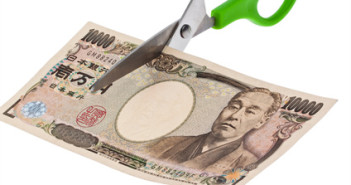The ISM Manufacturing PMI (Purchasing Managers’ Index) is based on a survey of purchasing managers in the manufacturing sector. Respondents are surveyed for their view of the economy and business conditions in the US. A reading which is higher than the market forecast is bullish for the dollar.
Here are all the details, and 5 possible outcomes for USD/JPY.
Published on Tuesday at 14:00 GMT.
Indicator Background
The views of purchase managers on the economy are always important, as they are considered to be attuned to the latest economic and financial developments, and their expectations could be an indication of future economic trends.
The index posted a reading of 53.4 in April, practically matching the market forecast of 53.3. This indicates modest growth in the manufacturing sector. The markets are predicting more of the same in May, with a forecast of 53.0.
Sentiments and levels
The recent dip by USD/JPY surprised the markets, especially given the loud calls in Japan to weaken the yen in order to help the embattled export sector. With the yen trading precariously close to the pivotal 80.0 level, the heat will rise on the BOJ to intervene and prop up the Japanese currency. So, the overall sentiment is bullish on JPY/USD towards this release.
Technical levels, from top to bottom: 81.43, 80.60, 80.30, 80, 79.50 and 78.30.
5 Scenarios
- Within expectations: 50.0.0 to 56.0: In such a case, USD/JPY is likely to rise within range, with a small chance of breaking higher.
- Above expectations: 56.1 to 59.0: An unexpected higher reading can send the pair well above one resistance line.
- Well above expectations: Above 59.0: A sharp expansion in the manufacturing sector could push USD/JPY upwards, and a second resistance line might be broken as a result.
- Below expectations: 47.0 to 49.9: A drop below the critical 50.0 level could push USD/JPY downwards and break one level of support.
- Well below expectations: Below 47.0: A very weak reading would indicate unexpected contraction in the manufacturing sector. This would likely push the pair downwards, possibly breaking a second support level.
For more about the yen, see the USD/JPY.
